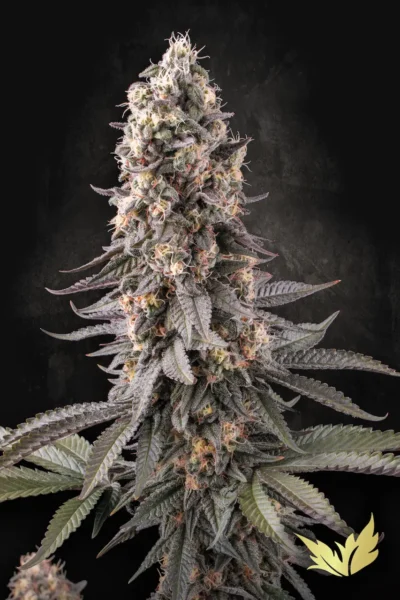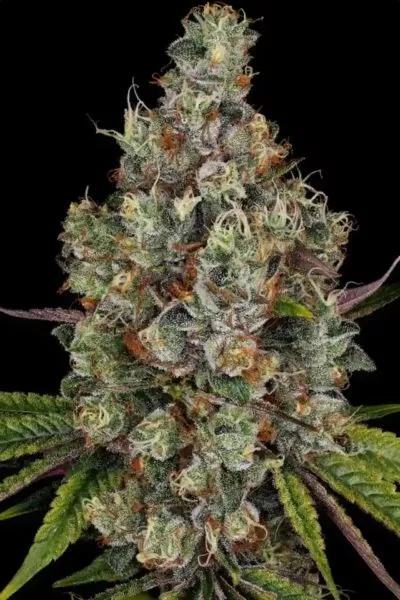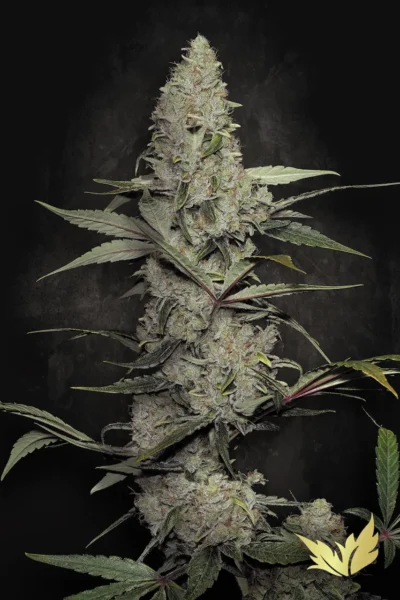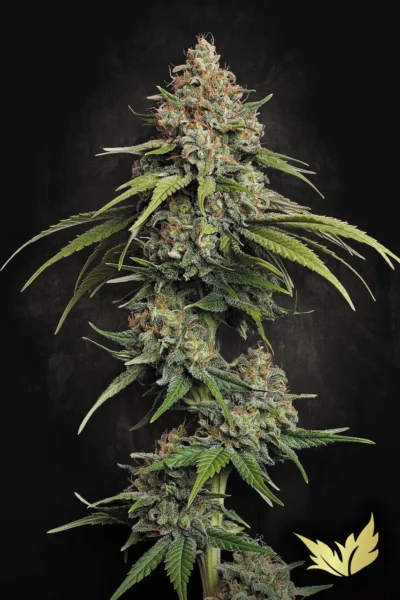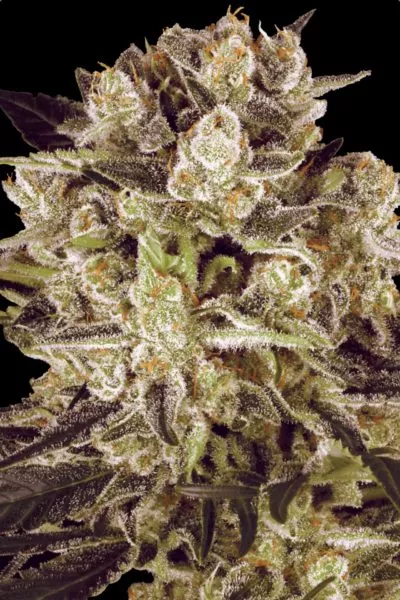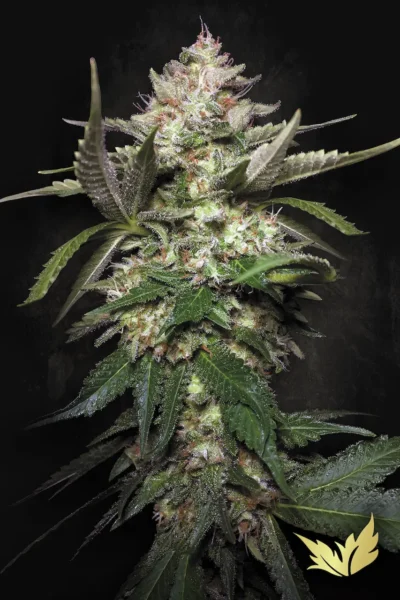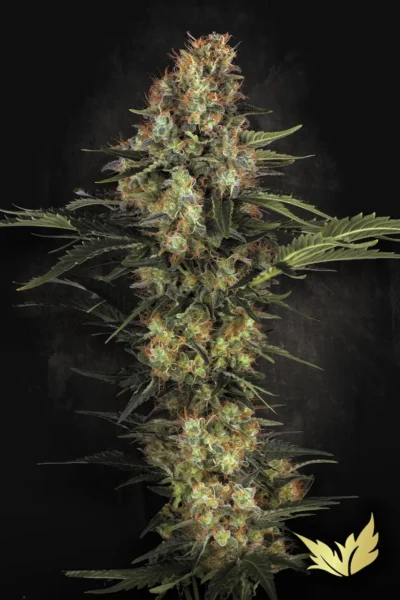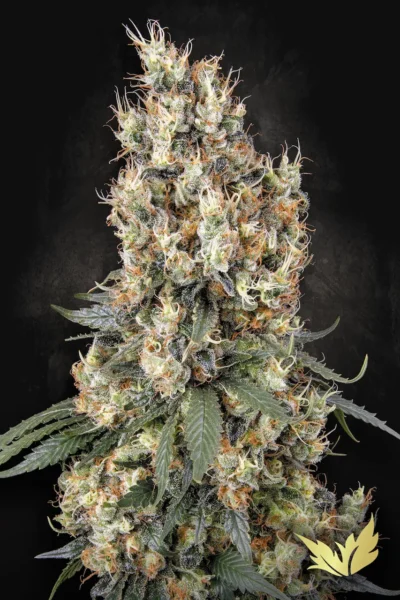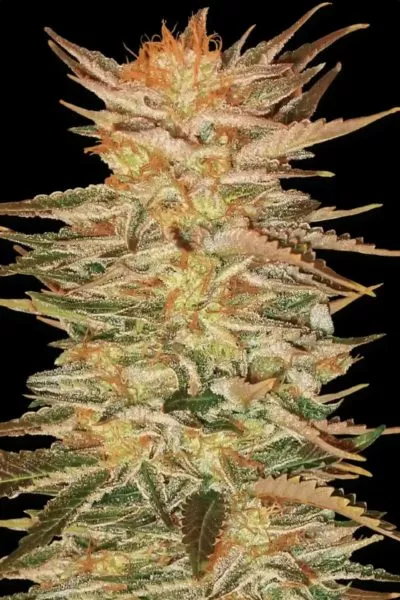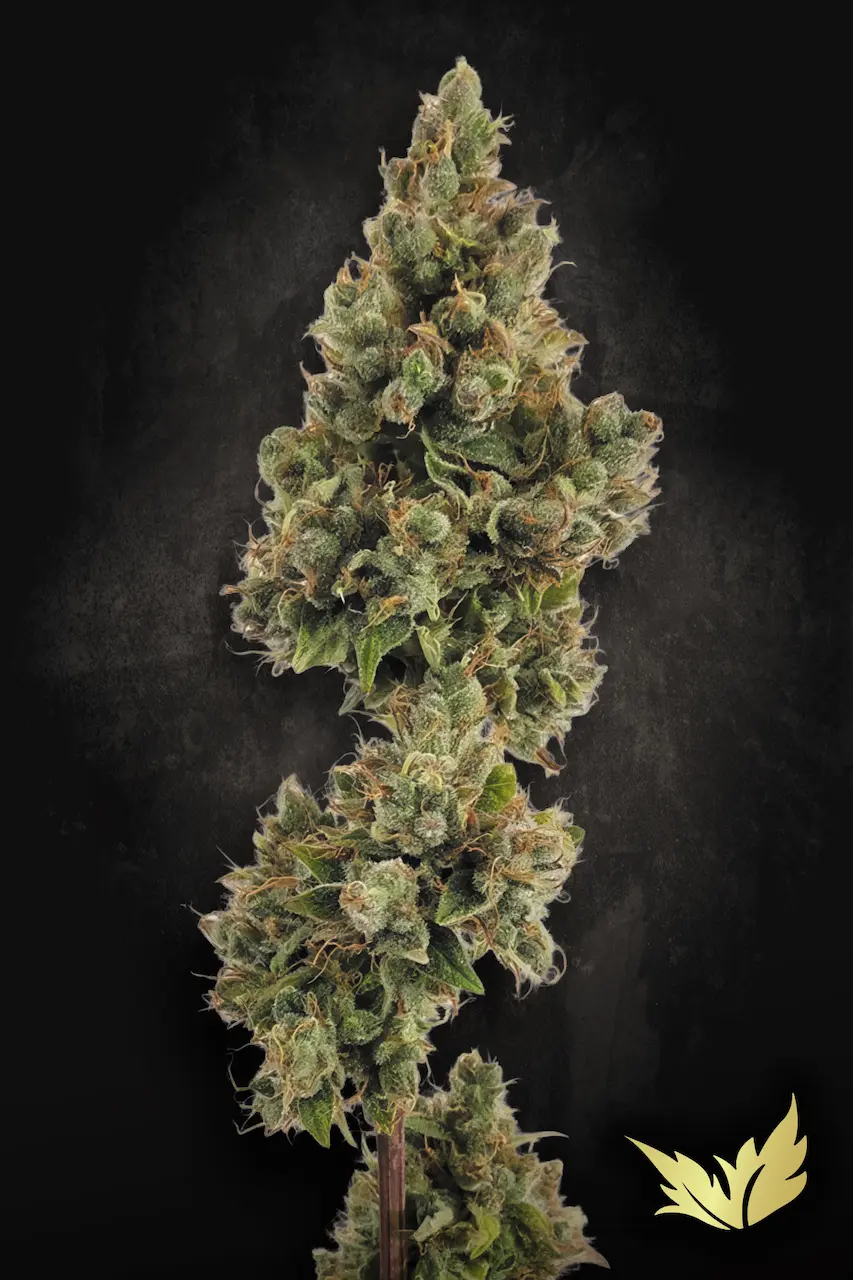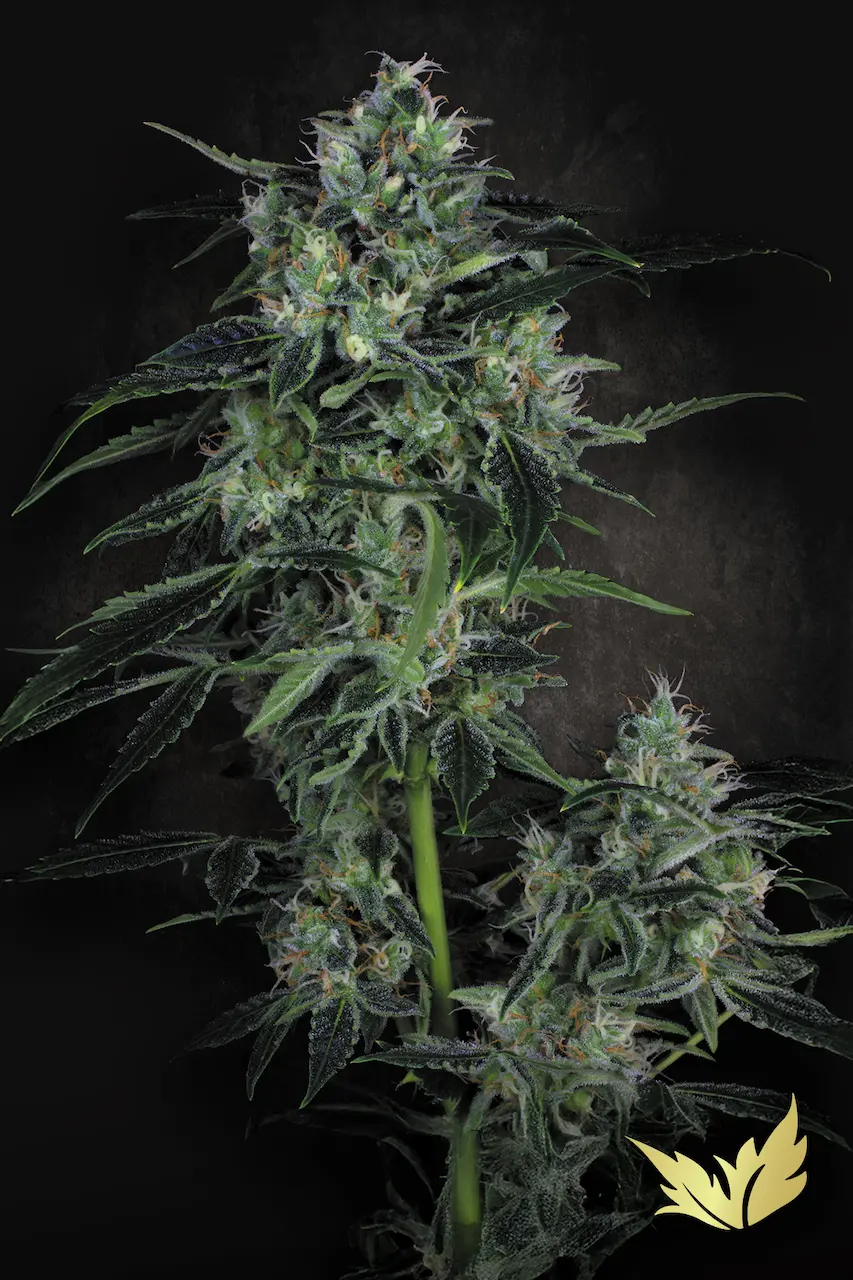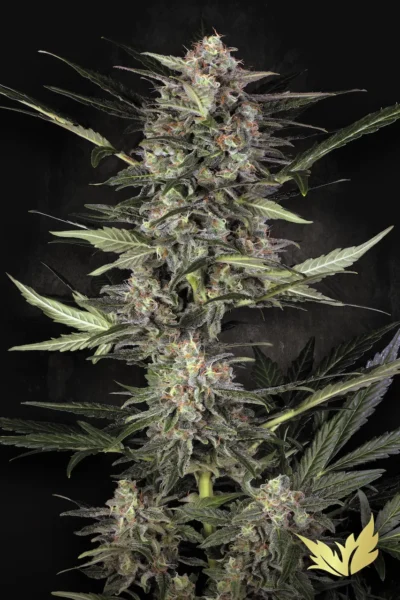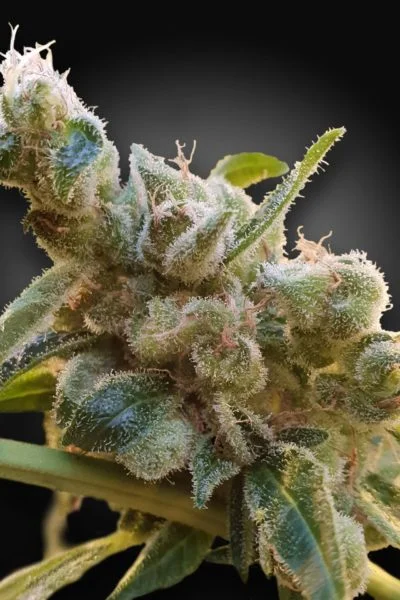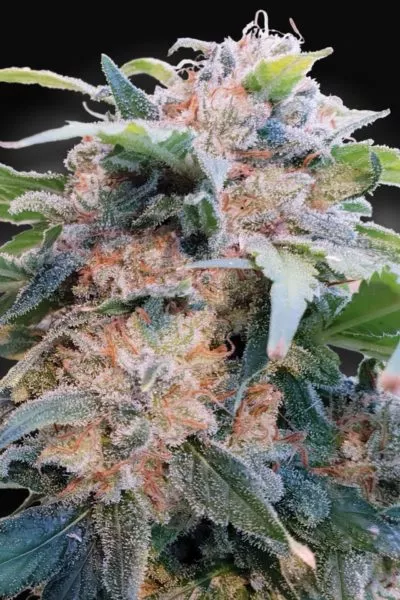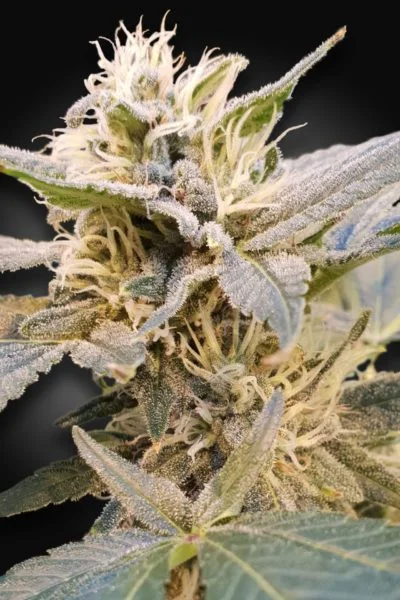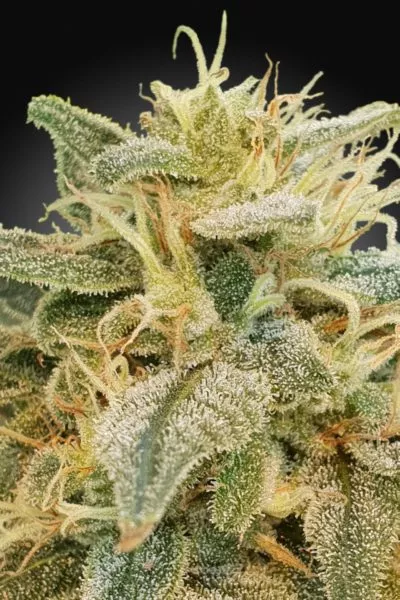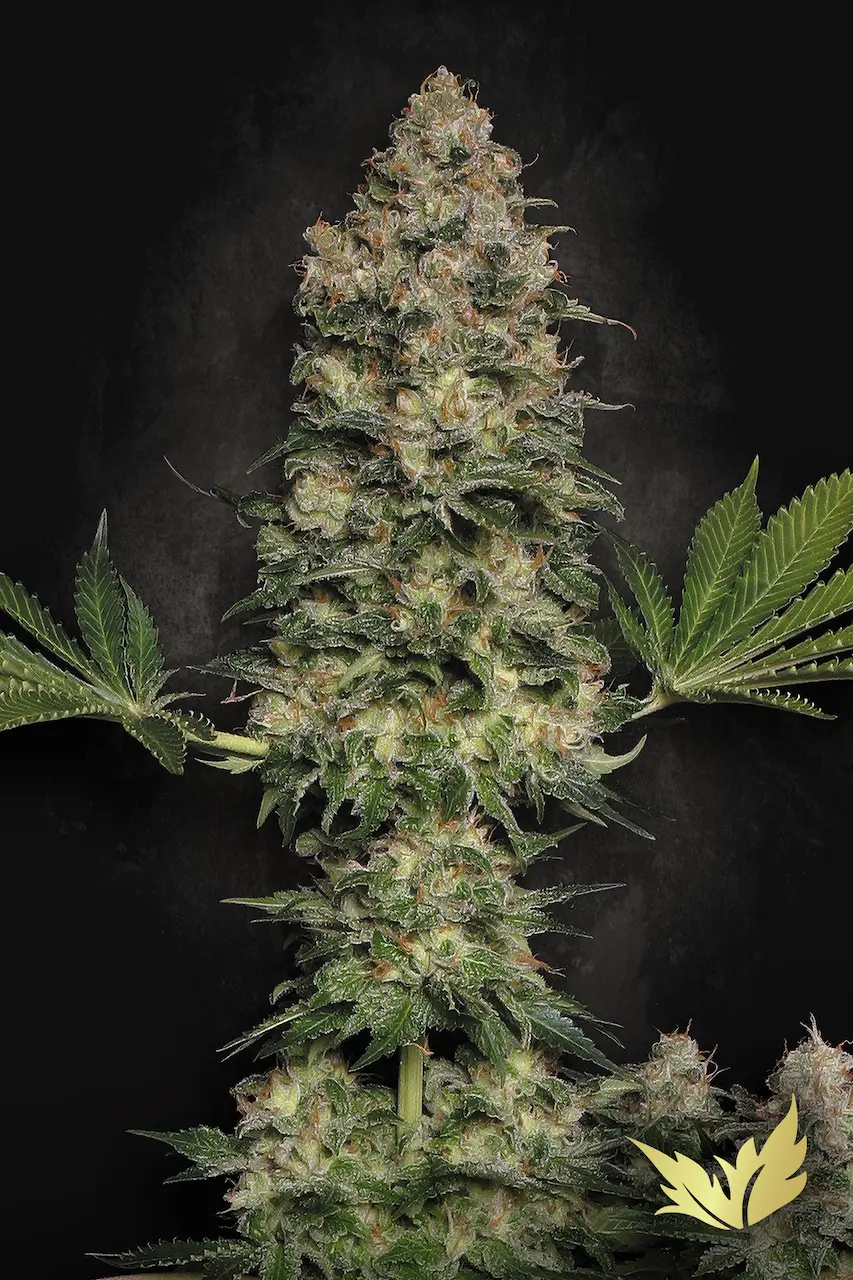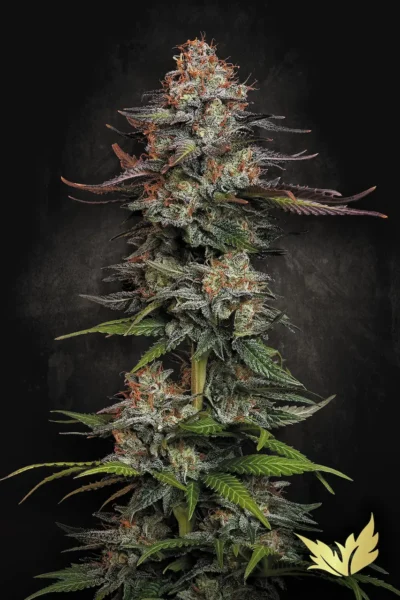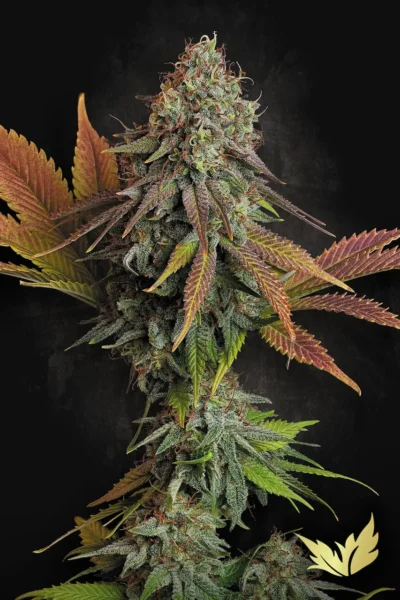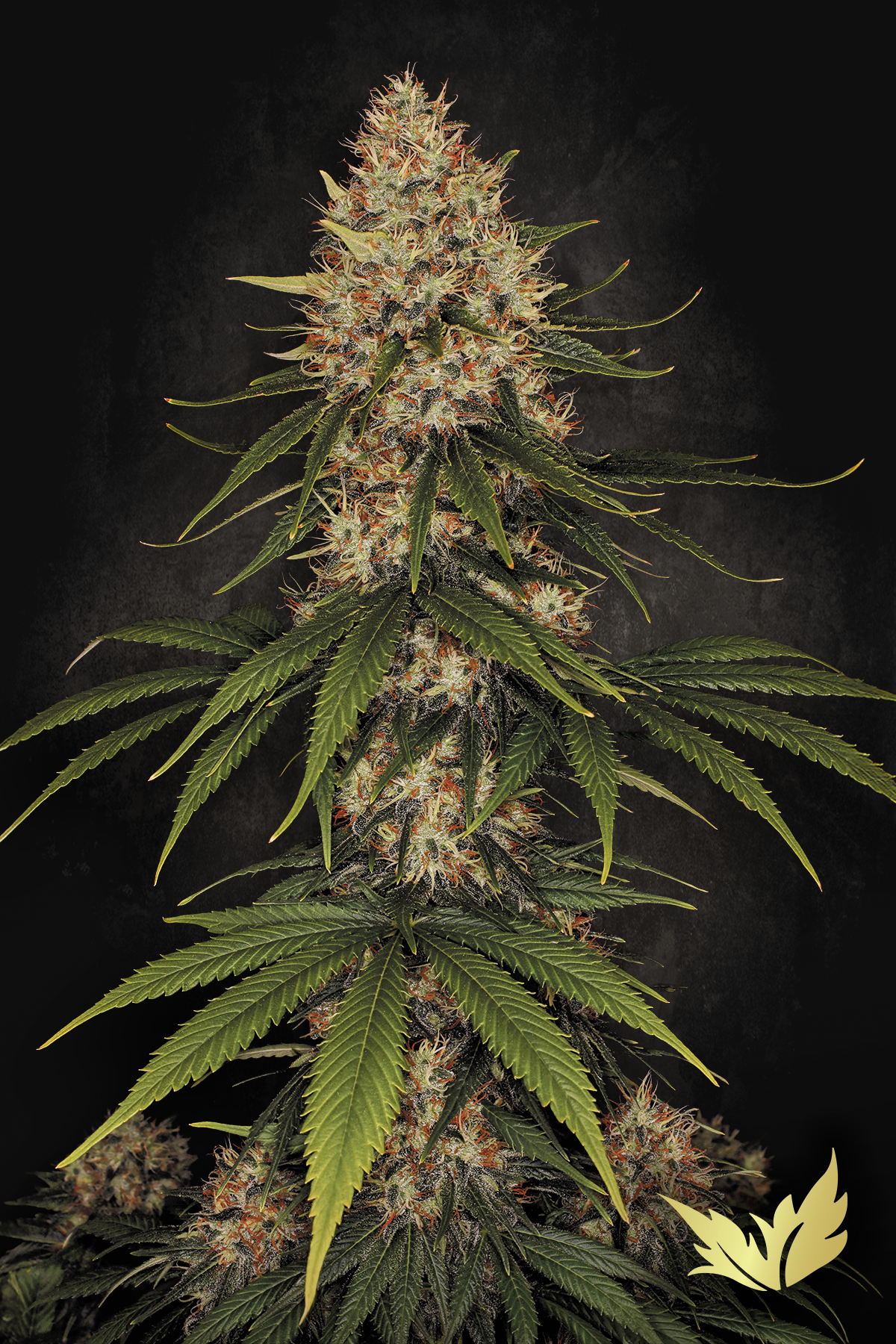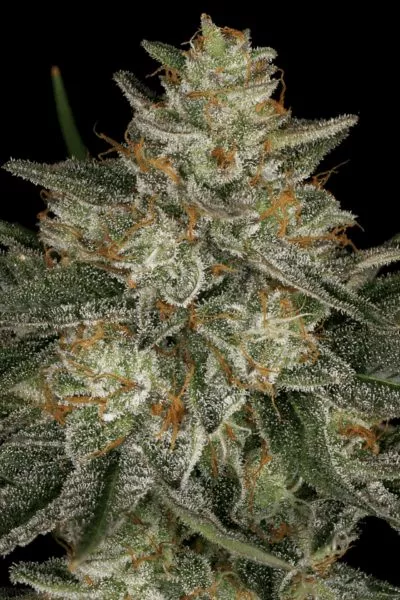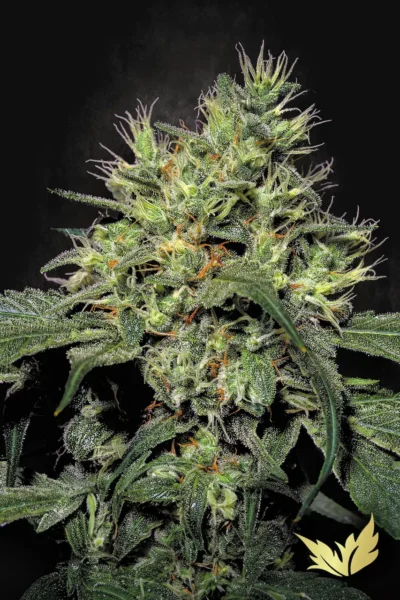Paradise Seeds FAQ's
FAQ section for Paradise Seeds.
Frequently Asked Questions
-
Currently we do not ship to the UK due to Brexit regulations.
We recommend checking out a local store like Puresativa or Attitudeseedbank
-
Plantas semillas de cannabis… ¡y cosechas plantas de cannabis! En su entorno natural (exterior), las plantas empezarán a cogollar cuando las horas de luz y oscuridad cambien, a medida que las estaciones pasan de verano a otoño. Con lo cual la floración ocurre entre setiembre y noviembre, en el hemisferio norte. En un entorno artificial (sala de cultivo), cómo utilicemos la iluminación determinará los estadios de crecimiento (vegetativo) y floración (cogollos). Normalmente, se utilizan 18 horas de luz / 6 horas de oscuridad para el estadio vegetativo, de 2 a 4 semanas; antes de cambiar el temporizador a 12 horas de luz/ 12 horas de oscuridad, para la floración. Las descripciones de variedades profesionales, aportan detalles de los tiempos de cultivo esperados, y una guía de cuando cosechar.
La excepción a la regla son las plantas autoflorecientes, que florecen automáticamente a los 60 – 75 días de ser plantadas. La razón de este comportamiento “auto”, es la presencia de genes de cannabis ruderalis. Esta planta de cannabis bajita y rolliza crece silvestre en el Círculo Ártico, y ha adaptado su comportamiento para vivir con 24 horas de luz en verano. Aprovechando estos genes, los criadores de cannabis han desarrollado una planta que es pequeña en estatura, y de floración rápida, sin necesidad de un estricto programa de horas de luz/oscuridad.
-
¡NUNCA! Durante las primeras fases de crecimiento de una planta de cannabis, igual que con cualquier otra planta, la naturaleza hará su trabajo. Desde la semilla hasta la plántula, la planta es delicada y no necesita nutrientes extra, más allá de aquellos que absorbe de un sustrato fértil. Cuando la planta se ha instalado, y está experimentando un crecimiento rápido durante la etapa vegetativa, es el momento de introducir los nutrientes (que seguiremos añadiendo durante la etapa de floración). Existen muchos productos de nutrientes en el mercado, y un buen fabricante proporcionará una guía de la dosificación y la frecuencia de aplicación, para los distintos estadios de desarrollo de la planta.
-
Las semillas de cannabis crecerán como cualquier otra planta, siempre y cuando cuenten con las condiciones adecuadas para desarrollarse con éxito. El ingrediente clave es la luz. Para los cultivadores de exterior, que quieren saber cómo cultivar sus semillas de cannabis, la respuesta es horas de luz y luz solar directa. En un cultivo de interior, el cultivador posee el control absoluto del entorno, y empleará las lámparas de floración para estimular el cambio natural de horas de luz/horas de oscuridad. A medida que la planta se establece y crece para desarrollar su potencial, el control de la humedad (o, en el caso del cultivo al aire libre, la minimización de sus efectos) es otro factor clave para prevenir la aparición de moho en las plantas de cannabis, en etapas posteriores. Un entorno de cultivo limpio, también minimizará el riesgo de plagas y enfermedades en tus plantas.
-
Si cuentas con un cultivo de interior, ya sea en una habitación o un armario de cultivo, puedes cultivar tus semillas todo el año. Si cultivas en exterior, entonces depende de en qué parte del mundo te encuentres (las guías de semillas de cannabis, normalmente hacen referencia a latitudes regionales). Cada región, así como las condiciones climáticas, darán lugar a unas condiciones ambientales distintas, y presentarán desafíos distintos al cultivador. Por regla general, las semillas de cannabis se plantan fuera en mayo, y se cosechan entre setiembre y finales de octubre, en el hemisferio norte (en el hemisferio sur, las semillas de cannabis se plantan en setiembre y se cosechan en marzo). Paradise Seeds cuenta con guías completas para cultivar en el hemisferio norte y el hemisferio sur.
¡Las plantas de cannabis son especialmente versátiles! Durante miles de años han crecido silvestres en partes de Asia, África y Suramérica. Las semillas de cannabis feminizadas recompensarán al cultivador de cannabis actual con una cosecha abundante, en la mayor parte de regiones del mundo. Si se cultiva en interior, incluso el espacio más pequeño puede ser convertido en un espacio de cultivo decente; y también existe un gran número de armarios de cultivo en el mercado, de todos los tamaños y precios. Para aquellos cultivadores con limitaciones de espacio, existen variedades concretas de cannabis, cortas en altura por naturaleza; y, por su parte, las variedades autoflorecientes se adaptan a los espacios más pequeños.
-
No. Las semillas de cannabis necesitan oscuridad para germinar. Los cultivadores de cannabis deben seguir el curso de la naturaleza, incluso si son semillas germinadas artificialmente. Es bien sabido que, si se planta una semilla en la tierra, hay que cubrirla antes de que comience a crecer; así que es importante aprender esta lección y adaptar este principio a los métodos de germinación descritos arriba.
-
Si colocas tus semillas de cannabis en un vaso de agua para su germinación, ¡a veces flotan, y a veces no! Así que, no te preocupes si se hunden, no se van a ahogar. No obstante, la raíz primaria de las semillas no germinadas corre el riesgo de pudrirse; por eso, deberás quitarlas del agua a las 36h. Por esta misma razón también, si empleamos el método del papel de wáter, es importante que el papel esté húmedo y no sumergido en agua. Sigue siempre la regla de Ricitos de Oro: no demasiado mojado, no demasiado seco, ¡sólo húmedo!
-
Para germinar las semillas de cannabis y empezar a cultivar, no necesitas equipo especializado, ¡a parte de una maceta para plantas, y una ventana o balcón soleados! Sin embargo, si quieres cultivar cannabis en interior, entonces el proceso de cultivo necesita un mínimo equipo básico. Un cultivador novel necesita un espacio de cultivo (puedes transformar un armario normal, o comprar un armario de cultivo), luz/luces (HPS o LED, averigua cual es la mejor opción para tu espacio), y un temporizador, un extractor y un filtro de carbono para eliminar los olores; un ventilador para la circulación de aire dentro del espacio, un medio de cultivo (tierra, p. ej.), macetas y bandejas (para recoger el agua de drenaje).
-
La mayor parte de variedades que se venden hoy en día, es en forma de semillas de cannabis feminizadas. Las semillas de cannabis feminizadas se produjeron por primera vez a principios de los 2000, y rápidamente ganaron popularidad entre los cultivadores de cannabis. Una hornada de semillas de cannabis regulares puede contener plantas macho y hembra, por lo que el cultivador tendrá que “sexar” las plantas y deshacerse de los machos, con tal de que no polinicen a las hembras (lo cual las forzaría a producir semillas en lugar de flores/cogollos). Con las semillas feminizadas, todas las semillas darán lugar a plantas hembra, las cuales producirán solo flores.
-
Para esta pregunta, ¡no existe una respuesta! Una manera mejor de formular la pregunta es ¿Qué clase de cannabis quiero cultivar? Quienes buscan un efecto energético/estimulante, escogerán una variedad Sativa; mientras que las personas que quieran un efecto más relajante/pesado, preferirán una Índica. La mayoría de nuevos cultivadores también buscan una variedad fácil de cultivar, que perdone los errores del cultivador y le recompense con una cosecha abundante, como en el caso de Wappa o Durga Mata.
Sea cual sea la semilla de cannabis que elijas, asegúrate siempre de que la adquieres de un proveedor confiable. Un banco de semillas de larga reputación, como es Paradise Seeds, produce sus variedades mediante un programa de breeding propio. Esto garantiza semillas de cannabis con ratios de germinación elevadas (en el caso de Paradise Seeds, esta es más o menos del 95%), y genéticas estables (que darán lugar a plantas tal y como se anuncian). Como con todo, pagas un poco más, pero a cambio recibes una garantía de calidad.
-
Enviamos semillas de cannabis sólo a clientes que se encuentren dentro de la UE y UK.
Información de envío para clientes de UK:
El pedido mínimo para UK es de 100 €.
Los gastos de envío se cobran siempre para los envíos al Reino Unido. Estos costes, basados en un precio fijo por envío, aparecerán en su cesta de la compra. Le ofrecemos envío gratuito para todos los pedidos al Reino Unido que superen los 150 €.
Enviamos todos los productos DDT (Delivered Duty Paid). En este caso, no habrá tasas de importación adicionales para usted cuando se le entregue el paquete.
Si usted es un cliente de fuera de la UE o del Reino Unido y desea hacer un pedido a Paradise Seeds, póngase en contacto con nosotros por correo electrónico a [email protected] para recibir una lista de revendedores que realizan envíos a todo el mundo.
-
Con Paradise Seeds puedes pagar de forma segura online vía iDeal, VISA/MasterCard, Giropay, Bank Transfer y algunas criptomonedas. Todos los pagos los gestionana nuestros proveedores de pago Pay.nl.
También puedes enviarnos dinero en efectivo por correo certificado y bajo tu responsabilidad a:
Paradise Products B.V.
Postbox 377
1000 AJ Amsterdam
Holland -
No. La clientela debe estar al corriente de la situación legal de su país en relación al cultivo de cannabis para uso personal y no personal. No podemos asumir ninguna responsabilidad por las acciones de nuestros clientes y terceras partes. Comprar semillas y cultivarlas es una actividad que el cliente realiza bajo su propia responsabilidad. Por favor, consulta la página de Aviso Legal aquí.
-
Si tienes alguna queja en relación a tu pedido, por favor, contacta con nosotros vía e-mail – [email protected]. Necesitaremos los detalles de tu pedido (no te olvides incluir el número de pedido) y podemos pedir alguna otra prueba de tu queja, tal como el envoltorio e imagenes del producto.
-
Puedes realizar tu pago como “invitado” o crear una cuenta.
Si eliges pagar como invitado, rellena los datos necesarios. Estos datos no se guardarán.
Si eliges crear una cuenta, los datos personales se guardarán. Esto te facilitará tus compras posteriores, simplemente accediendo aparecerán tus datos. Puedes acceder a tu cuenta para cambiar datos si es necesario Tus datos no serán dados a terceras personas y solamente se usarán para tus pedidos en Paradise Seeds. -
Sí, garantizamos la entrega (en pedidos dentro de la UE + UK).
Si un paquete se pierde, Paradise Seeds lo reemplazará.
-
Los hongos son uno de los problemas más habituales en el cultivo de cannabis, especialmente en exterior. Si bien los hongos pueden destruir una cosecha entera, existen algunas medidas que puedes adoptar para prevenirlos, y que te contamos en nuestro artículo del blog aquí .
-
-
¡Con cerca de 40 variedades entre las que escoger, ofrecemos variedades para todos los gustos y tipos de cultivo! No obstante, existen algunas variedades que destacan por su popularidad.
Estas son Sensi Star y El Dorado OG ( Índicas), Rainbow Road y L.A. Amnesia (Sativas) y Wappa ( Híbrido), Auto Kong 4 (autoflorecientes) y Durga Mata II CBD (CBD-rich).
-
€29.50 – €79.00 Select options This product has multiple variants. The options may be chosen on the product page
-
€35.50 – €96.50 Select options This product has multiple variants. The options may be chosen on the product page
-
€22.50 – €59.50 Select options This product has multiple variants. The options may be chosen on the product page
-
🏆 Sale!
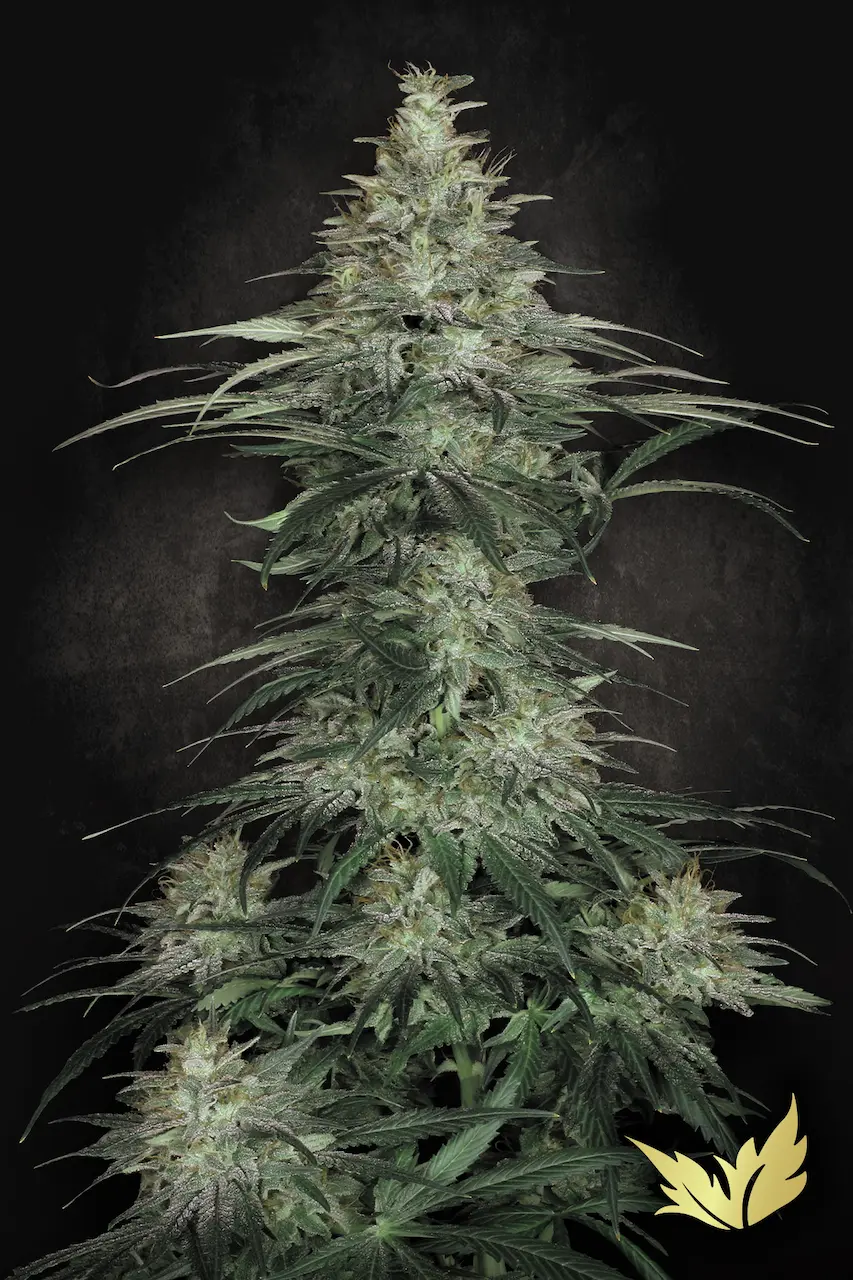
€39.50 – €108.00
€29.63 – €81.00 Select options This product has multiple variants. The options may be chosen on the product page -
€29.50 – €79.00 Select options This product has multiple variants. The options may be chosen on the product page
-
€29.50 – €79.00 Select options This product has multiple variants. The options may be chosen on the product page
-
€29.50 – €79.00
€22.13 – €59.25 Select options This product has multiple variants. The options may be chosen on the product page
-
-
Paradise Seeds posee una reputación por incluir en su colección un gran número de variedades agradecidas en el cultivo, cuyas personas que se inician en el cultivo apreciarán. No obstante, recomendamos escoger entre las siguientes variedades, que son una buena opción para quienes empiezan.
De la colección de feminizadas sugerimos Sensi Star y Ice Cream (Índica), L.A. Amnesia (Sativa), Mendocino Skunk, Original White Widow y Wappa (ambas híbridos).
De la colección de autoflorecientes, sugerimos Auto Jack o Pandora.
-
€22.50 – €59.50 Select options This product has multiple variants. The options may be chosen on the product page
-
🏆 Sale!

€39.50 – €108.00
€29.63 – €81.00 Select options This product has multiple variants. The options may be chosen on the product page -
🏆 Sale!
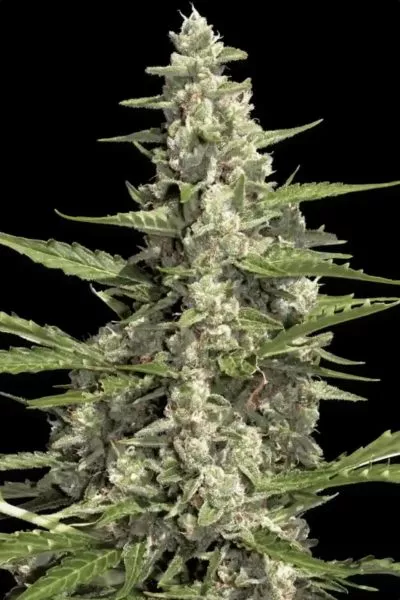
€25.50 – €69.50
€19.13 – €52.13 Select options This product has multiple variants. The options may be chosen on the product page -
€35.50 – €96.50 Select options This product has multiple variants. The options may be chosen on the product page
-
€29.50 – €79.00 Select options This product has multiple variants. The options may be chosen on the product page
-
€29.50 – €79.00 Select options This product has multiple variants. The options may be chosen on the product page
-
€35.50 – €96.50 Select options This product has multiple variants. The options may be chosen on the product page
-
€25.50 – €69.50 Select options This product has multiple variants. The options may be chosen on the product page
-
-
¿Trabajas en un espacio de cultivo reducido? ¡No hay problema! Tenemos un gran número de variedades indicadas para cultivar en espacios de cultivo reducido.
Dos excelentes opciones de nuestra colección de semillas feminizadas son Wappa y Mendocino Skunk, de cultivo fácil. Las variedades autoflorecientes son también una opción ideal para espacios de cultivo pequeños:
Auto Whiteberry y Auto Wappa son dos buenísimas recomendaciones.
-
€22.50 – €59.50 Select options This product has multiple variants. The options may be chosen on the product page
-
€29.50 – €79.00 Select options This product has multiple variants. The options may be chosen on the product page
-
€25.50 – €69.50
€19.13 – €52.13 Select options This product has multiple variants. The options may be chosen on the product page -
€25.50 – €69.50
€19.13 – €52.13 Select options This product has multiple variants. The options may be chosen on the product page
-
-
¡Sí! Tenemos seis variedades CBD, especialmente desarrolladas para un perfil más rico de sabor y terpenos, con menos de un 1% de THC. Estas variedades están indicadas para usuarios de cannabis medicinal, y usuarios de cannabis recreativo con un THC bajo.
Estas variedades son CBDrelief, CBDelight, CBDrelax, CBDenergy, CBDream y CBDivine.
-
€22.50 – €59.50 Select options This product has multiple variants. The options may be chosen on the product page
-
€22.50 – €59.50
€16.88 – €44.63 Select options This product has multiple variants. The options may be chosen on the product page -
€22.50 – €59.50 Select options This product has multiple variants. The options may be chosen on the product page
-
€22.50 – €59.50 Select options This product has multiple variants. The options may be chosen on the product page
-
-
Paradise Seeds ha desarrollado un gran número de variedades Sativa con la potencia realzada.
Tres de nuestras variedades recomendadas para quienes les gusta la potencia extra en su Sativa son Jacky White, Atomical Haze y L.A. Amnesia.
-
€29.50 – €79.00 Select options This product has multiple variants. The options may be chosen on the product page
-
€35.50 – €96.50 Select options This product has multiple variants. The options may be chosen on the product page
-
🏆 Sale!
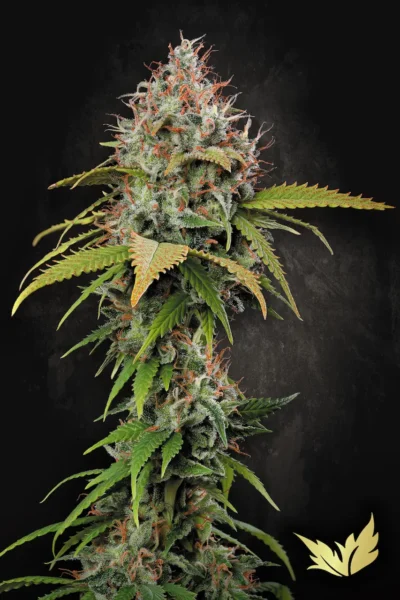
€39.50 – €108.00
€29.63 – €81.00 Select options This product has multiple variants. The options may be chosen on the product page
-
-
Paradise Seeds se ganó una reputación en los años 90 con Sensi Star, una variedad descrita por High Times como “una de las Índicas más potentes que se puede encontrar”.
Otras recomendaciones para los fans de las Índicas que quieren potencia son nuestras cepas originales Durga Mata, Californian Gold y Ice Cream originales.
-
🏆 Sale!

€39.50 – €108.00
€29.63 – €81.00 Select options This product has multiple variants. The options may be chosen on the product page -
€35.50 – €96.50 Select options This product has multiple variants. The options may be chosen on the product page
-
€22.50 – €59.50 Select options This product has multiple variants. The options may be chosen on the product page
-
€35.50 – €96.50 Select options This product has multiple variants. The options may be chosen on the product page
-
-
Tenemos algunas variedades top Sativas, Índicas y autoflorecientes.
Como Sativas de alto rendimiento, sugerimos Delahaze, Dutch Dragon y Rainbow Road.
Si eres fan de las Índicas y buscas una gran cosecha, entonces te sugerimos Dutch Kush, El Dorado OG o Space Cookies.
Una opción autofloreciente de gran producción es Auto Kong 4.
-
€29.50 – €79.00 Select options This product has multiple variants. The options may be chosen on the product page
-
€35.50 – €96.50 Select options This product has multiple variants. The options may be chosen on the product page
-
€22.50 – €59.50 Select options This product has multiple variants. The options may be chosen on the product page
-
€29.50 – €79.00 Select options This product has multiple variants. The options may be chosen on the product page
-
€22.50 – €59.50 Select options This product has multiple variants. The options may be chosen on the product page
-
€29.50 – €79.00
€22.13 – €59.25 Select options This product has multiple variants. The options may be chosen on the product page
-
-
Sí, lo hacemos. Ofrecemos un 50% de descuento en todas las variedades Paradise Seeds para usuarios medicinales que pueden probar su uso del cannabis como auto tratamiento para una afección médica.
Para más detalles sobre nuestro programa medicinal, consulta el siguiente enlace .
-
Todas las plantas de cannabis contienen cannabinoides (tales como el THC o el CBD), cuyas propiedades medicinales han sido demostradas científicamente.
Si eres nuevo en el cannabis, te pedimos que investigues acerca de los cannabinoides más efectivos para tratar tu dolencia. El THC genera un efecto psicoactivo (que los usuarios describen como un efecto de “colocón”), mientras que el CBD genera relajación.
Algunas de nuestras variedades son aptas para tratar ciertas afecciones médicas (véase las descripciones de las variedades para más información al respecto). También hemos desarrollado una serie de variedades específicamente para uso medicinal, tales como nuestras variedades CBD y ricas en CBD.
-
¡Socorro! Creo que mi planta sufre de alguna plaga o enfermedad.
No te preocupes, esto es algo que les ocurre a todos los cultivadores en un momento u otro. En primer lugar, no entres en pánico ¡el equipo de Paradise Seeds te cubre las espaldas! Tenemos unos cuantos artículos en el blog que tratan sobre pestes y enfermedades, incluyendo este: Cómo tratar estas 5 plagas y enfermedades comunes.
-
Las hojas de una planta de cannabis son un buen indicador de su salud; y la decoloración puede ser un signo de que algo va mal. Para ayudarte en el diagnóstico de algunos de los problemas más comunes, hemos preparado una infografía práctica aquí.
-
Como cualquier otra planta, una planta de cannabis sana necesita un equilibrio entre un ambiente de cultivo adecuado y unos buenos cuidados. Distintas variedades de cannabis exhibirán patrones de crecimiento distintos (algunas crecerán rápido y después bajarán el ritmo, mientras otras comenzarán con lentitud para acelerar su crecimiento en las etapas finales). Consulta la descripción de la semilla y los seguimientos de cultivo Paradise Seeds, para conocer sus características de crecimiento. Si tu planta ha parado de crecer, estas son algunas de las cuestiones clave que te puedes preguntar:
- ¿Estás utilizando el sustrato adecuado? Por ejemplo, los esquejes se deben cultivar en sustrato ligero, sin nutrientes añadidos.
- ¿Tus plantas reciben la luz suficiente? Un indicador de lo contrario es cuando los tallos crecen largos y delgados.
- ¿La planta ha recibido la cantidad suficiente de nutrientes? Es importante leer las guías de nutrientes detenidamente, para evitar el exceso o carencia de nutrientes.
- ¿Estás regando tu planta en exceso? Sí, las plantas necesitan agua, pero regarlas demasiado puede ser tan dañino para su crecimiento como una falta de hidratación. El exceso de riego ahogará tus raíces y les privará de oxígeno.
- ¿Tienes plagas? Las plagas y las enfermedades pueden causar que tu planta deje de crecer, así que vigila tus plantas en busca de cambios en el color o en el aspecto, lo que podría indicar la presencia de plagas.
-
En primer lugar, se paciente y dales tiempo. Las semillas son un producto de la naturaleza, así que no podemos predecir exactamente cuánto van a tardar en germinar. Algunas veces la germinación simplemente tarda más (2-5 días). Esto puede ser debido a muchos factores, pero los más comunes son la deshidratación de las semillas (¿tu medio está bien húmedo?), el ahogamiento de las semillas (demasiada agua en el medio), y a la fluctuación de la temperatura (¿tu medio de germinación, papel de cocina o vaso de agua, está demasiado frío?)
Si este no es el problema, por favor, envíanos un email a [email protected] junto con el número de pedido (si existe), el recibo de compra, una foto del paquete, una foto de la/s semilla/s sin germinar.
-
Sí, la tenemos. Cada variedad de cannabis es distinta, y puede presentar características distintas en su patrón de crecimiento. Para ayudarte a sacar el máximo potencial de tu variedad Paradise Seeds, hemos preparado una infografía práctica aquí.
-
Tu entorno y en qué parte del mundo vives son factores a tener en cuenta, a la hora de elegir la mejor manera de cultivar tus plantas de cannabis en exterior. Con el agua suficiente e, idealmente, algo de sombra para prevenir el sobrecalentamiento, la mayor parte de las variedades prosperarán en condiciones soleadas como en regiones del mediterráneo, por ejemplo. Si cultivas en una región más fría o húmeda, entonces necesitarás pensártelo un poco más a la hora de escoger las variedades.
Si buscas una guía básica para el cultivo de cannabis en exterior en tu región, consulta nuestros consejos de cultivo para:
-
En exterior, si tu espacio de cultivo es pequeño, las plantas autoflorecientes son una excelente opción dada su forma compacta y baja estatura. La forma más fácil de cultivar cannabis en interior es con un armario de cultivo. No obstante, si tienes limitaciones de espacio ¡existen opciones para cultivar hasta en el espacio más reducido! Para darte una idea de cuán fácil es transformar un espacio pequeño en un discreto cultivo de cannabis, consulta nuestro blog aquí.
-
Existen dos métodos probados para germinar con éxito semillas de cannabis:
Prepara un plato pequeño y coloca una servilleta debajo (¡papel de wáter es perfecto!). Humedécela con agua (sin que quede empapada), y coloca la semilla encima.
Paradise Seeds – Cannabis Seed Germination from Paradise Seeds on Vimeo.
Sobre la semilla, pon otra capa de papel y mójalo. Ahora deja el plato en un lugar cálido y oscuro, y asegúrate de que la servilleta se mantenga húmeda. Tus semillas deberían germinar en 1-4 días.
Introduce tus semillas de cannabis en un vaso con agua (no utilices nunca agua clorada), y colócalo en un lugar cálido y oscuro durante un período de hasta 36 horas (si no han germinado en ese tiempo, prueba con el método de la servilleta).
Para ambos métodos, es importante fijarse en la temperatura. Si esta es demasiado fría, podría frenar la germinación de tus semillas de cannabis.
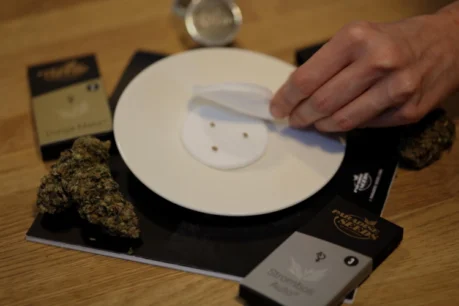
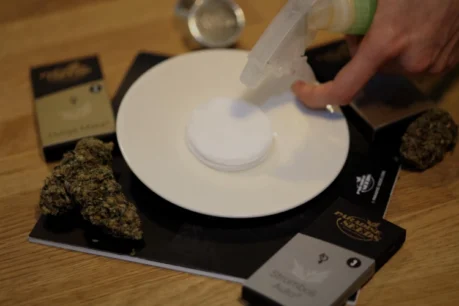
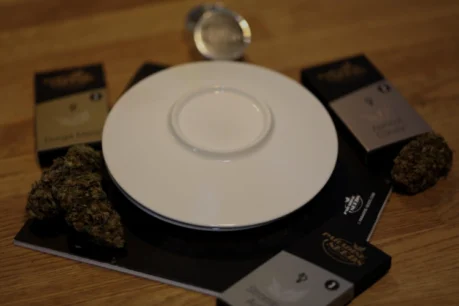
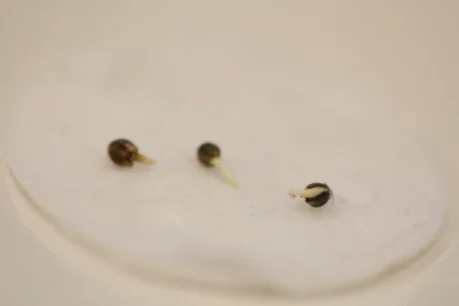
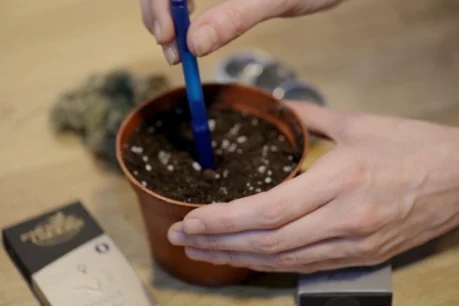
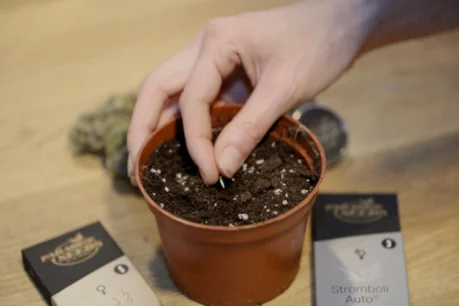
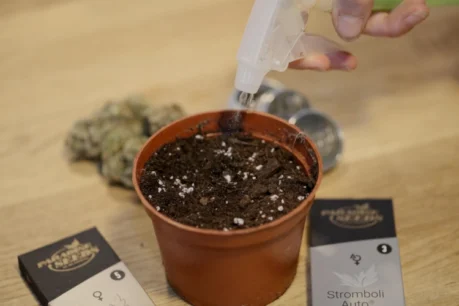
Paradise Seeds posee una excelente reputación por sus altos porcentajes de germinación (95%).
Consérvalas en un lugar fresco, seco y oscuro, en su paquete original o en un recipiente hermético.
Una nevera es el ambiente ideal para su mantenimiento. Almacenadas correctamente, tus semillas se conservarán de 2 a 5 años.
Si ya nos has contactado, te responderemos en un plazo de 48 horas.
Realizar la misma pregunta dos veces, hará que nuestro personal esté más ocupado y no acelerará la respuesta.
Queremos que todos tengáis una respuesta rápida.
- Paradise Seeds aim to help patients relieve symptoms of medical conditions through the use of high-quality cannabis.
- We constantly strive for a better understanding of how cannabis can be used to improve people’s quality of life.
- In this context, we are announcing a new policy of offering medicinal users a 50% discount on our full catalogue of seeds, including our full range of CBD rich strains.
- In order for us to validate you as a medicinal user, please provide a copy of your ID (passport, drivers license) and a copy of your medical card or medical cannabis prescription.
- Copies of identification will not be kept by Paradise Seeds and are used for validation purposes only.
- Once we have received and validated your documents, you will receive a medical discount code for 50%.
- If you require any advice or there is anything we can do to assist you throughout the process, please do not hesitate to contact us again.
- Regarding the use of cannabis-related products for medicinal purposes, we recommend to ALWAYS consult a medical professional.
- If you live in a country in which there are no medical licences available but use cannabis to relieve medical symptoms please contact us to discuss further.
Puedes comprar Paradise Seeds directamente aquí, en nuestro sitio web; o localizar tu tienda más cercana en el localizador de tiendas.
Los gastos de envío aparecen en la cesta de la compra y dependen del país y del método de envío elegido.
Envío gratuito:
- El envío dentro de los Países Bajos es gratuito.
- Los envíos a partir de 100 € dentro de la UE son gratuitos.
- Los envíos a partir de 150 € al Reino Unido son gratuitos.
Los pedidos dentro de la UE suelen tardar menos de una semana.
Los pedidos al Reino Unido pueden tardar un poco más.
Se enviará su pedido embalado y en sobre discreto. Además se envía con un catálogo en un sobre discreto y neutro con Paradise Products como remitente.
Si prefiere que sus semillas de marihuana sean enviadas de otra manera, háganoslo saber.
Por el momento, tienes la posibilidad de pagar tus semillas de cannabis con Bitcoin, Litecoin, Bitcoin Cash, VERGE, Dash, DigiByte, Dogecoin, Ether, NEO, NEM y Monero.
Selecciona la opción de pago “Bitcoin y otras criptomonedas” en el carrito y elige qué moneda prefieres para realizar el pago.
Puede hacer los pedidos de tres formas distintas:
A través de la página web, pagando con tarjeta de crédito, iDeal, SofortBanking o transferencia bancaria.
Usted puede hacer compras en nuestra pagina web, haga clic en el link “poner en el cesto” que está debajo de cada producto. Puede hacer clic en “continuar comprando” si quiere añadir mas productos, o ir a “salida segura” y seguir las instrucciones.
Puede enviarnos su pedido por email [email protected].
Una vez el pago sea recibido, todas las ordenes son enviadas por correo registrado, puede pagar con transferencia bancaria o enviar el dinero por carta registrada (a su propio riesgo).
- Nombre de la cuenta: Paradise Products B.V.
- Banco: ABN Amro bank
- IBAN: NL07ABNA0620461128
- Swift/BIC: ABNANL2A
Haga su pedido y pago por correo registrado. Pagar en efectivo no es un método seguro para hacer el pago.
A pesar de que aceptamos dinero en efectivo, no recomendamos este método de pago ya que las cartas se pueden perder, o ser robados en el mensaje.
Tenga en cuenta que no podemos despachar ningún pedido mientras no hayamos recibido el pago debido al robo de correos.
Paradise Products B.V.
Hoogoorddreef 103
1101 BB Amsterdam
The Netherlands
Cannabis seedling first leaves image from PH: Scotty Frey


